
On March 1, 1565, the city of Rio de Janeiro in Brazil was formally founded by the Portuguese who had first encountered Guanabara Bay on January 1, 1502 (hence the name, “January River”), Today, Rio is anchor to the Rio de Janeiro metropolitan area and the second-most populous municipality in Brazil and the sixth-most populous in the Americas. Rio de Janeiro is the capital of the state of Rio de Janeiro, Brazil’s third-most populous state. Part of the city has been designated as a World Heritage Site, named “Rio de Janeiro: Carioca Landscapes between the Mountain and the Sea”, by UNESCO on July 1, 2012, as a Cultural Landscape.
Founded by the Portuguese, the city was initially the seat of the Captaincy of Rio de Janeiro, a domain of the Portuguese Empire. Later, in 1763, it became the capital of the State of Brazil, a state of the Portuguese Empire. In 1808, when the Portuguese Royal Court transferred itself from Portugal to Brazil, Rio de Janeiro became the chosen seat of the court of Queen Maria I of Portugal, who subsequently, in 1815, under the leadership of her son, the Prince Regent, and future King João VI of Portugal, raised Brazil to the dignity of a kingdom, within the United Kingdom of Portugal, Brazil, and Algarves. Rio stayed the capital of the pluricontinental Lusitanian monarchy until 1822, when the War of Brazilian Independence began. This is one of the few instances in history that the capital of a colonizing country officially shifted to a city in one of its colonies. Rio de Janeiro subsequently served as the capital of the independent monarchy, the Empire of Brazil, until 1889, and then the capital of a republican Brazil until 1960 when the capital was transferred to Brasília.

Rio de Janeiro has the second largest municipal GDP in the country, and 30th largest in the world in 2008, estimated at about R$343 billion (IBGE, 2008) (nearly US$201 billion). It is headquarters to Brazilian oil, mining, and telecommunications companies, including two of the country’s major corporations — Petrobras and Vale — and Latin America’s largest telemedia conglomerate, Grupo Globo. The home of many universities and institutes, it is the second-largest center of research and development in Brazil, accounting for 17% of national scientific output according to 2005 data. Despite the high perception of crime, the city has a lower incidence of crime than Northeast Brazil, but it is far more criminalized than the south region of Brazil, which is considered the safest in the country.
Rio de Janeiro is one of the most visited cities in the Southern Hemisphere and is known for its natural settings, Carnival, samba, bossa nova, and balneario beaches such as Barra da Tijuca, Copacabana, Ipanema, and Leblon. In addition to the beaches, some of the most famous landmarks include the giant statue of Christ the Redeemer atop Corcovado mountain, named one of the New Seven Wonders of the World; Sugarloaf Mountain with its cable car; the Sambódromo (Sambadrome), a permanent grandstand-lined parade avenue which is used during Carnival; and Maracanã Stadium, one of the world’s largest football stadiums.
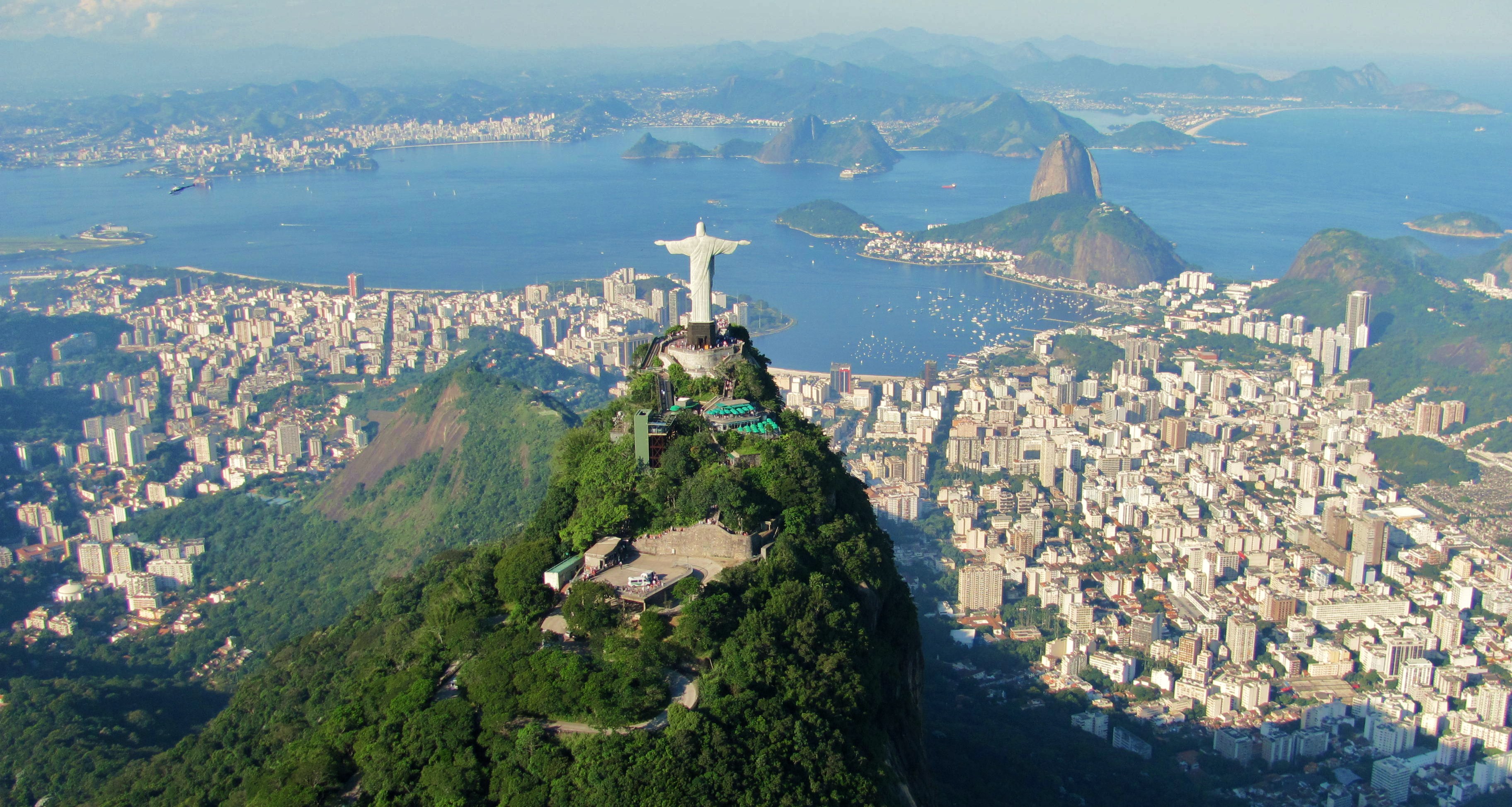
Rio de Janeiro was the host of the 2016 Summer Olympics and the 2016 Summer Paralympics, making the city the first South American and Portuguese-speaking city to ever host the events, and the third time the Olympics were held in a Southern Hemisphere city. The Maracanã Stadium held the finals of the 1950 and 2014 FIFA World Cups, the 2013 FIFA Confederations Cup, and the XV Pan American Games.
Europeans first encountered Guanabara Bay on January 1, 1502, by a Portuguese expedition under explorer Gaspar de Lemos, captain of a ship in Pedro Álvares Cabral’s fleet, or under Gonçalo Coelho. Allegedly the Florentine explorer Amerigo Vespucci participated as observer at the invitation of King Manuel I in the same expedition. The region of Rio was inhabited by the Tupi, Puri, Botocudo and Maxakalí peoples.
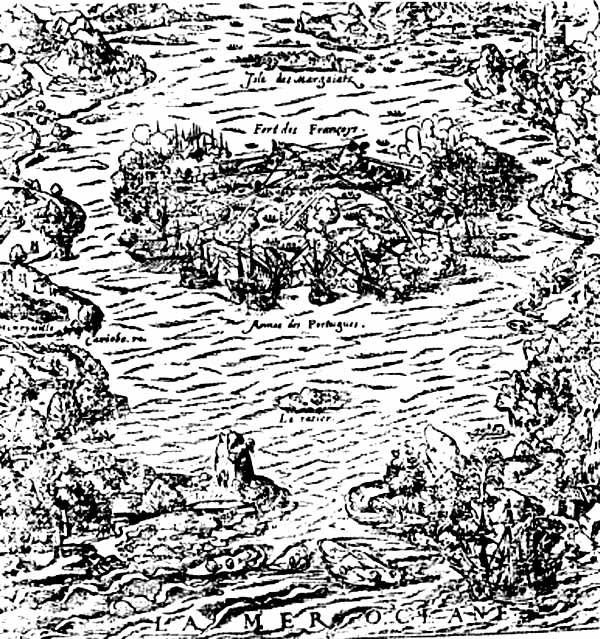
In 1555, one of the islands of Guanabara Bay, now called Villegagnon Island, was occupied by 500 French colonists under the French admiral Nicolas Durand de Villegaignon. Consequently, Villegagnon built Fort Coligny on the island when attempting to establish the France Antarctique colony, which the French called Henriville in honor of Henry II of France.
The Portuguese wanted to expel the French from that part of the South American coast which had been granted to them by the Treaty of Tordesillas. The task was given to Estácio de Sá, a nephew of Governor Mem de Sá of Brazil, who in 1565 occupied the plain between Dog Face Hill (Morro Cara de Cão) and the Sugarloaf and Urca mounts, thus laying the foundations of the future town of Rio de Janeiro.
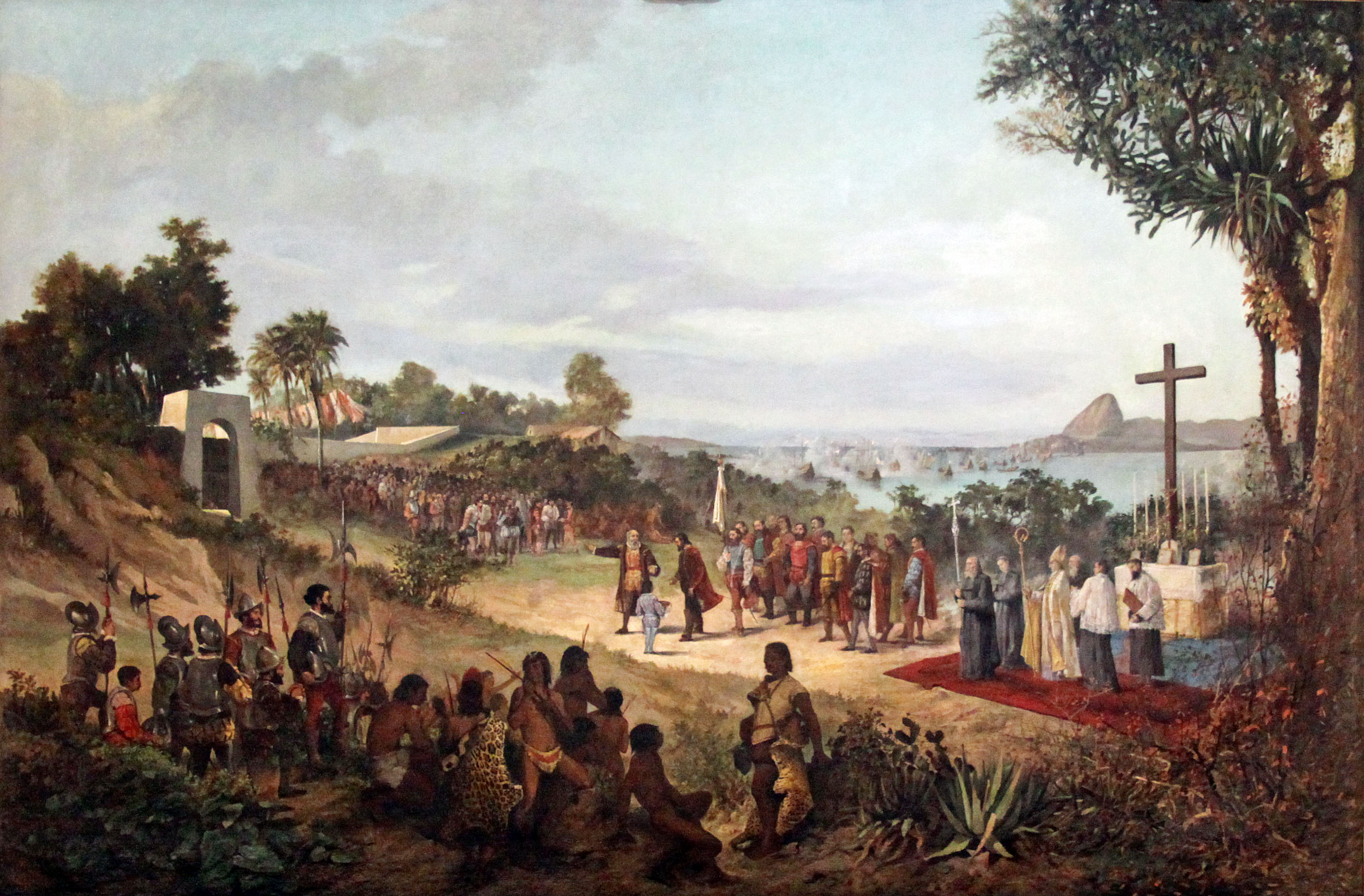
The city of Rio de Janeiro proper was founded by the Portuguese on March 1, 1565, and was named São Sebastião do Rio de Janeiro, in honour of St. Sebastian, the saint who was the namesake and patron of the Portuguese then-monarch Sebastião. Rio de Janeiro was the name of Guanabara Bay. After two years (1565–1567) of bloody battles, in which Estácio de Sá was killed and the French expelled, Mem de Sá chose a new site for the town, farther inland on the coast of the bay, at the top of the Hill of Rest (Morro do Descanso), or St. Januarius Hill (São Januário), later called the Castle Hill (Morro do Castelo). In 1568, the settlement was laid out in the form of a medieval citadel, protected by a bulwark and cannons.
The surrounding fertile land, allotted to Portuguese settlers by the Portuguese king in enormous plots called sesmarias, was planted with sugarcane, which was to provide the colony with its main source of income. In 1660, the community became the seat of the government of the southern captaincies (Portuguese administrative units) of Brazil. In the second half of the 17th century, the captaincy population grew to 8,000 inhabitants, two-thirds of whom were probably African slaves and Indians.
In the late 17th century, still during the Sugar Era, the Bandeirantes discovered gold and diamonds in the neighboring captaincy of Minas Gerais, thus Rio de Janeiro became a much more practical port for exporting wealth (gold, precious stones, besides the sugar) than Salvador, Bahia, much farther northeast. Until early in the 18th century, the city was threatened or invaded by several mostly French pirates and buccaneers, such as Jean-François Duclerc and René Duguay-Trouin.
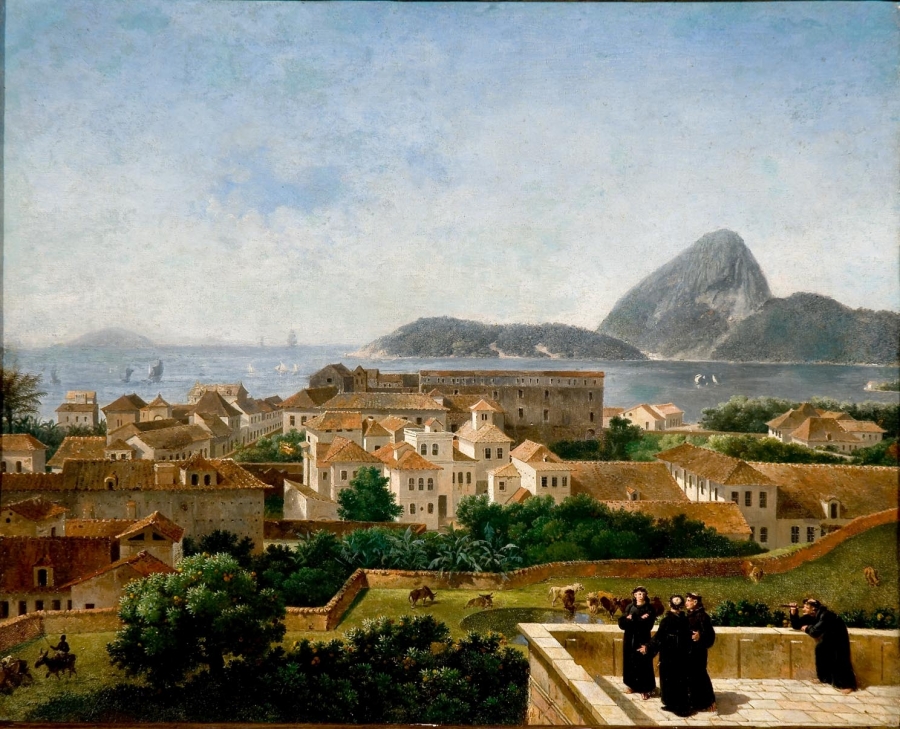
At the beginning of the 18th century, Brazil began to engage in gold and diamond mining, which brought about remarkable changes in the colony’s economy and stimulated a great migration from Europe, thereby increasing the number of people of European ancestry. The former village became a town of 24,000 in 1749. On January 27, 1765, when the colonial administration in Portuguese America was transferred from Salvador, Bahia, to Rio de Janeiro, the town expanded farther, far beyond its walls. The remains of the monumental Roman-style aqueduct Arcos da Lapa (Lapa Arches) built at this time still stand in the city.
The city remained primarily a colonial capital until 1808, when the Portuguese royal family and most of the associated Lisbon nobles, fleeing from Napoleon’s invasion of Portugal, moved to Rio de Janeiro. The kingdom’s capital was transferred to the city, which, thus, became the only European capital outside of Europe. As there was no physical space or urban structure to accommodate hundreds of noblemen who arrived suddenly, many inhabitants were simply evicted from their homes. By this time, Rio de Janeiro was large enough to accommodate a foreign population. At about that time the city’s original appearance was being transformed; from 1808 to 1818 some 600 houses and 100 country houses were built and older buildings were restored. Many streets were lighted and paved, more land was reclaimed, new roads were opened, and new public fountains were installed.
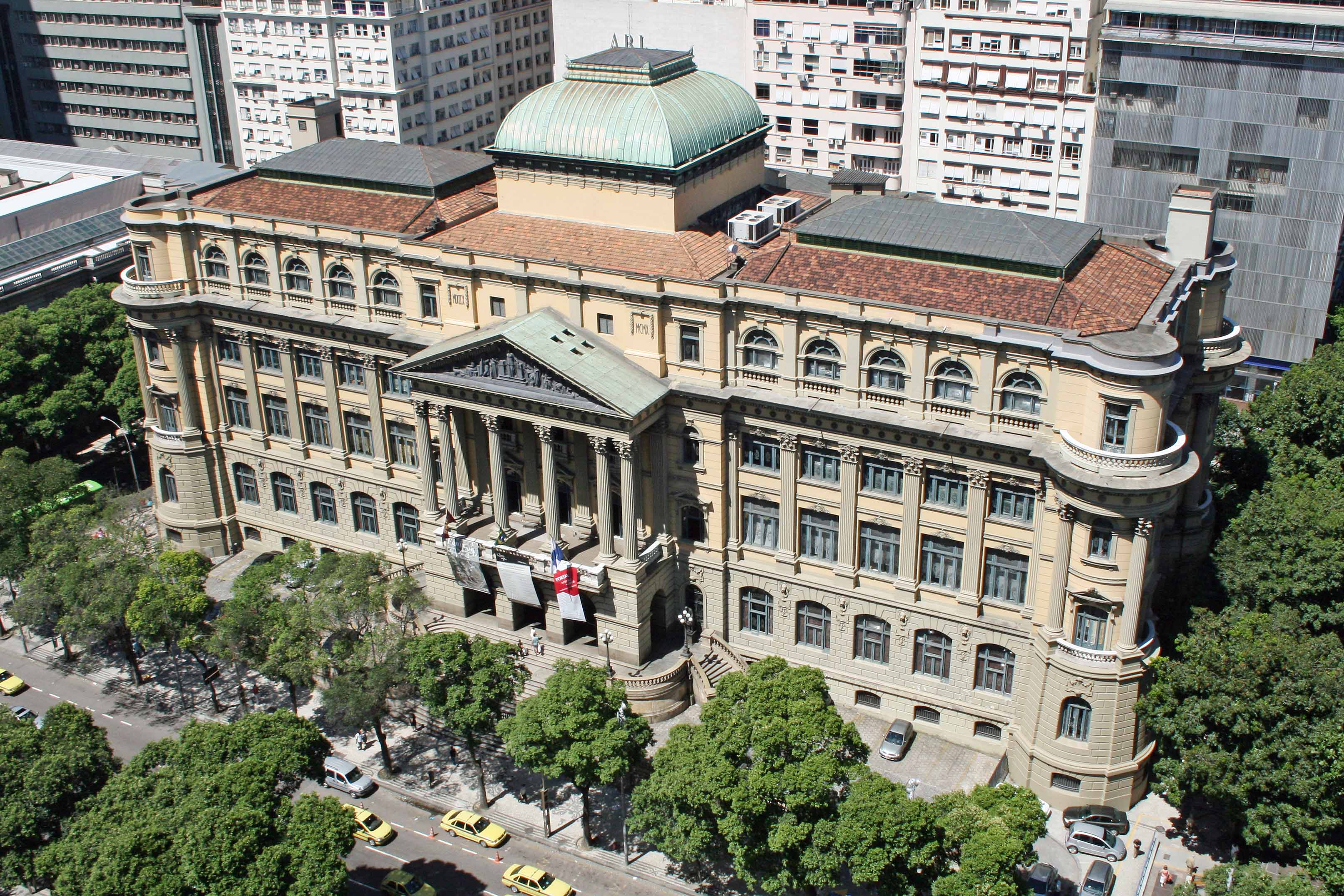
Sseveral educational establishments were created, such as the Military Academy, the Royal School of Sciences, Arts and Crafts and the Imperial Academy of Fine Arts, as well as the Bank of Brazil, the Theatre of Saint John, the National Library of Brazil — with the largest collection in Latin America — and the Botanical Garden. The first printed newspaper in Brazil, the Gazeta do Rio de Janeiro, came into circulation during this period. When Brazil was elevated to Kingdom in 1815, it became the capital of the United Kingdom of Portugal, Brazil and the Algarves until the return of the Portuguese Royal Family to Lisbon in 1821, but remained as capital of the Kingdom of Brazil.
When King John VI returned to Portugal in 1821, Rio had almost 113,000 inhabitants and 13,500 buildings, and the town had extended both northward and southward. From the colonial period until the first independent decades, Rio de Janeiro was a city of slaves. There was a large influx of African slaves to Rio de Janeiro: in 1819, there were 145,000 slaves in the captaincy. In 1840, the number of slaves reached 220,000 people. The Port of Rio de Janeiro was the largest port of slaves in America.
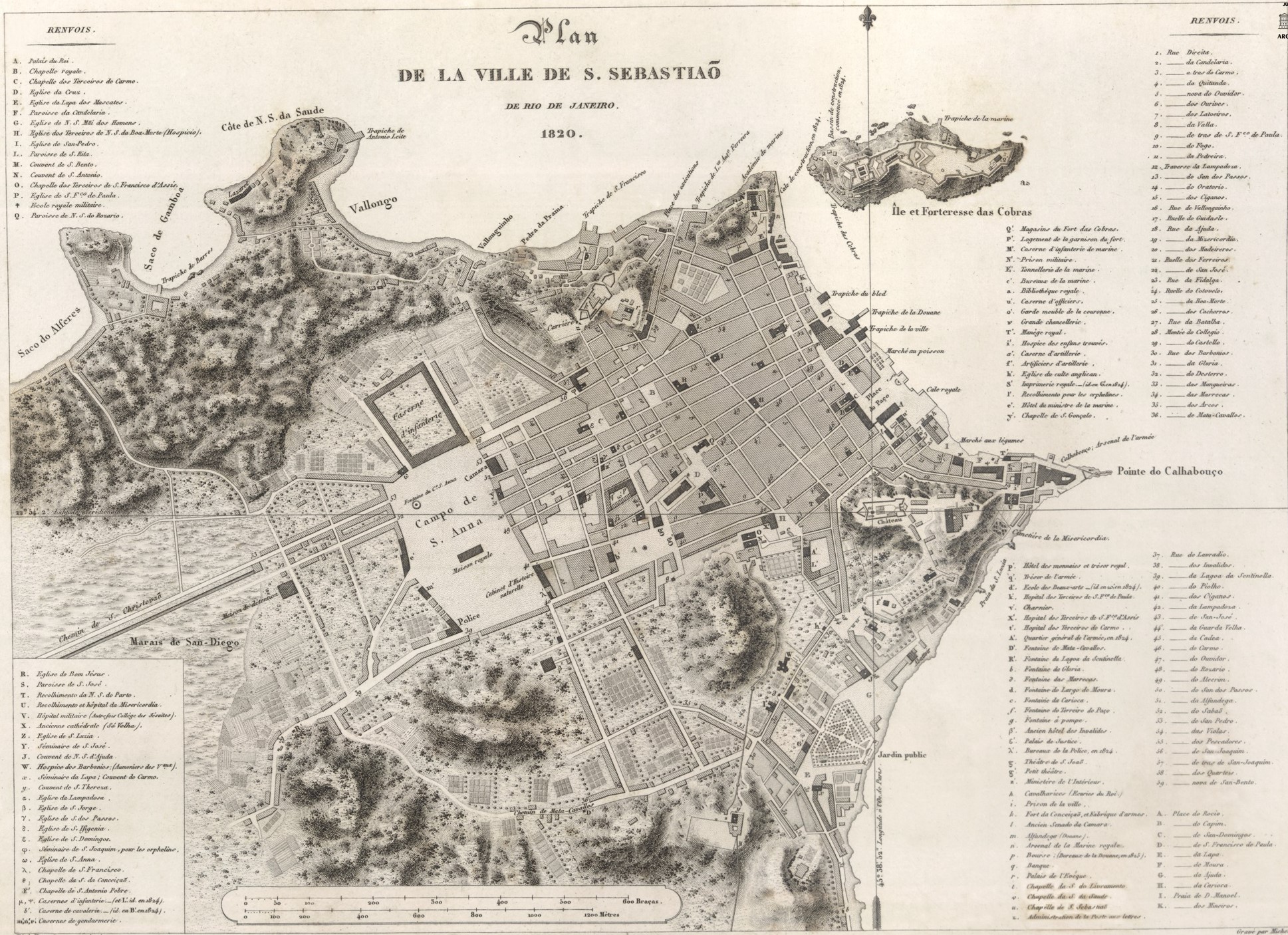
When Prince Pedro proclaimed the independence of Brazil in 1822, he decided to keep Rio de Janeiro as the capital of his new empire while the province was enriched with sugar cane agriculture in the Campos region and, especially, with the new coffee cultivation in the Paraíba Valley. In order to separate the province from the capital of the Empire, the city was converted, in the year of 1834, in Neutral Municipality, passing the province of Rio de Janeiro to have Niterói as capital.
As a political center of the country, Rio concentrated the political-partisan life of the Empire. It was the main stage of the abolitionist and republican movements in the last half of the 19th century. At that time the number of African slaves was drastically reduced and the city was developed, with modern drains, animal trams, train stations crossing the city, gas and electric lighting, telephone and telegraph wiring, water and river plumbing. Rio continued as the capital of Brazil after 1889, when the monarchy was replaced by a republic.

On February 6, 1889, the Bangu Textile Factory was founded, with the name of Industrial Progress Company of Brazil (Companhia Progresso Industrial do Brasil). The factory was officially opened on March 8, 1893, in a complex with varying architectural styles like Italianate, Neo-Gothic and a tower in Mansard Roof style. After the opening in 1893, workers from Great Britain arrived in Bangu to work in the textile factory. The old farms became worker villages with red bricks houses, and a neo-gothic church was created, which still exists as the Saint Sebastian and Saint Cecilia Parish Church. Street cinemas and cultural buildings also appeared.
In May 1894, Thomas Donohoe, a British worker from Busby, Scotland, arrived in Bangu. Donohoe was horrified to discover that there was no knowledge of football among Brazilians. So he wrote to his wife, Elizabeth, asking her to bring a football when she joined him. Shortly after her arrival, in September 1894, the first football match in Brazil took place in the field beside the textile factory. It was a five-a-side match between British workers, and took place six months before the first game organized by Charles Miller in São Paulo. However, the Bangu Football Club was not formally created until 1904.

At the time Brazil’s Old Republic was established, the city lacked urban planning and sanitation, which helped spread several diseases, such as yellow fever, dysentery, variola, tuberculosis and even black death. Pereira Passos, who was named mayor in 1902, imposed reforms to modernize the city, demolishing the cortiços where most of the poor population lived. These people, mostly descendants of slaves, then moved to live in the city’s hills, creating the first favelas.
Inspired by the city of Paris, Passos built the Municipal Theatre, the National Museum of Fine Arts and the National Library in the city’s center; brought electric power to Rio and created larger avenues to adapt the city to automobiles. Passos also named Dr. Oswaldo Cruz as Director General of Public Health. Cruz’s plans to clean the city of diseases included compulsory vaccination of the entire population and forced entry into houses to kill mosquitoes and rats. The people of city rebelled against Cruz’s policy, in what would be known as the Vaccine Revolt.
In 1910, Rio saw the Revolt of the Lash, where Afro-Brazilian crew members in the Brazilian Navy mutinied against the heavy use of corporal punishment, which was similar to the punishment slaves received. The mutineers took control of the battleship Minas Geraes and threatened to fire on the city. Another military revolt occurred in 1922, the 18 of the Copacabana Fort revolt, a march against the Old Republic’s coronelism and café com leite politics. This revolt marked the beginning of Tenentism, a movement that resulted in the Brazilian Revolution of 1930 that started the Vargas Era.
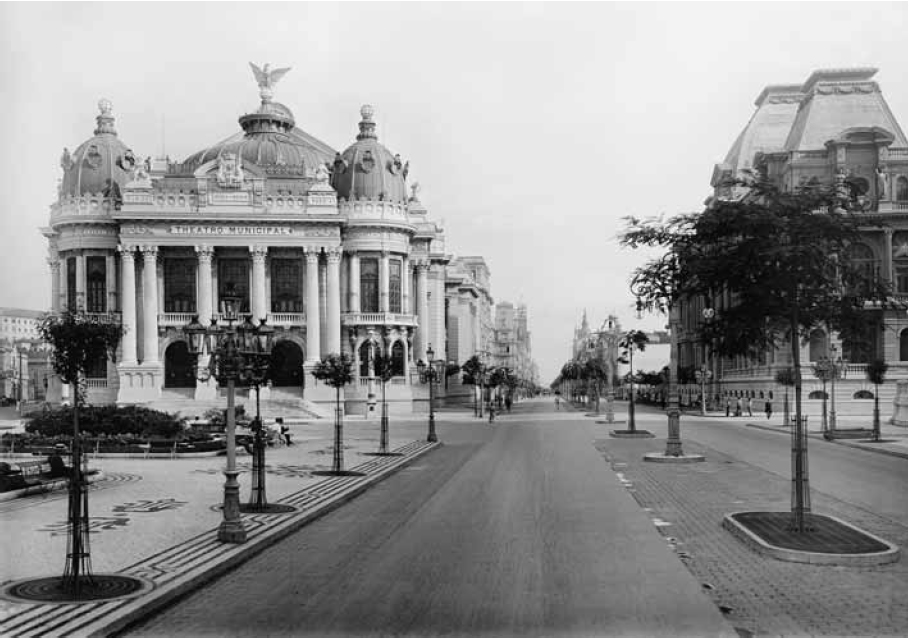
Until the early years of the 20th century, the city was largely limited to the neighborhood now known as the historic city center on the mouth of Guanabara Bay. The city’s center of gravity began to shift south and west to the so-called Zona Sul (South Zone) in the early part of the 20th century, when the first tunnel was built under the mountains between Botafogo and the neighborhood that is now known as Copacabana. Expansion of the city to the north and south was facilitated by the consolidation and electrification of Rio’s streetcar transit system after 1905. Botafogo’s natural environment, combined with the fame of the Copacabana Palace Hotel, the luxury hotel of the Americas in the 1930s, helped Rio to gain the reputation it still holds today as a beach party town (although this reputation has been somewhat tarnished in recent years by favela violence resulting from the narcotics trade).
Plans for moving the nation’s capital city from Rio de Janeiro to the center of Brazil had been occasionally discussed, and when Juscelino Kubitschek was elected president in 1955, it was partially on the strength of promises to build a new capital. Though many thought that it was just campaign rhetoric, Kubitschek managed to have Brasília and a new Federal District built, at great cost, by 1960. On April 21 of that year the capital of Brazil was officially moved to Brasília. The territory of the former Federal District became its own state, Guanabara, after the bay that borders it to the east, encompassing just the city of Rio de Janeiro.

After the 1964 coup d’état that installed a military dictatorship, the city-state was the only state left in Brazil to oppose the military. Then, in 1975, a presidential decree known as “The Fusion” removed the city’s federative status and merged it with the State of Rio de Janeiro, with the city of Rio de Janeiro replacing Niterói as the state’s capital, and establishing the Rio de Janeiro Metropolitan Region.
In 1992, Rio hosted the Earth Summit, a United Nations conference to fight environmental degradation. Twenty years later, in 2012, the city hosted another conference on sustainable development, named United Nations Conference on Sustainable Development. The city hosted the World Youth Day in 2013, the second World Youth Day in South America and first in Brazil. In the sports field, Rio de Janeiro was the host of the 2007 Pan American Games and the 2014 FIFA World Cup Final.
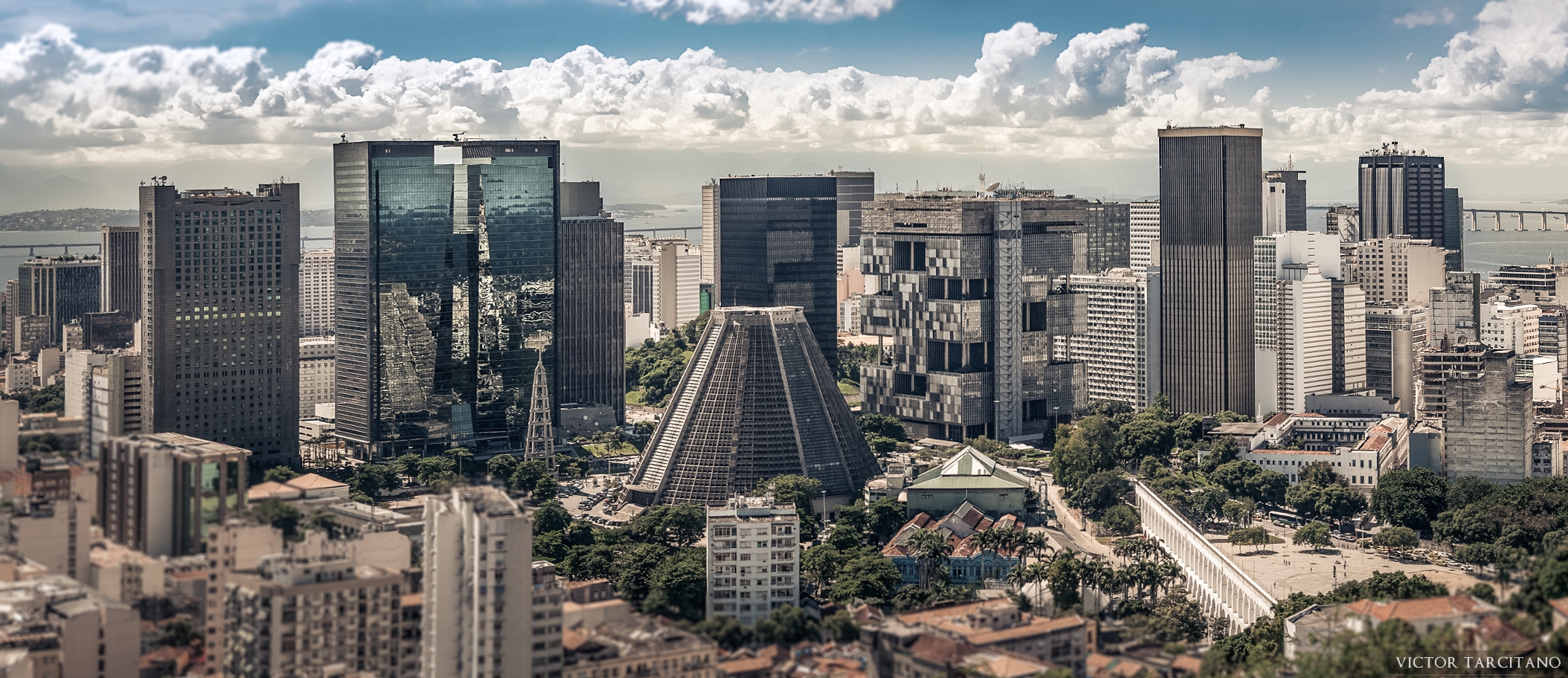
On October 2, 2009, the International Olympic Committee announced that Rio de Janeiro would host the 2016 Olympic Games and the 2016 Paralympic Games, beating competitors Chicago, Tokyo, and Madrid. The city became the first South American city to host the event and the second Latin American city (after Mexico City in 1968) to host the Games.
The first stamps commemorating the fourth century of Rio de Janeiro were released on September 30, 1964 (Scott #983-985). The 15-cruzeiro stamp in this set portrayed Botafogo Bay and Sugarloaf Mountain while the 100-cruzeiro stamp depicts the Church of Our Lady of the Rock and the 200-cruzeiro value pictures Copacabana Beach. A souvenir sheet depicting imperforate stamps with the same designs but printed in brown (Scott #985a) was issued on December 30, 1965. An additional three stamps and souvenir sheet were issued in 1965 with a 30-cruzeiro stamp (depicting the Statue of Saint Sebastion in Guanatero Bay appearing on March 5 (Scott #993), another 30-cruzeiro stamp picturing The Arches was released on November 30 (Scott #984), and a 35-cruzeiro stamp portraying Estacio de Sa (Scott #995) was issued on July 28. The souvenir sheet contains imperforate stamps similar to Scott #993-995 but printed in a deep orange (Scott #995a). This was issued on December 30, 1965, printed using the photogravure process.
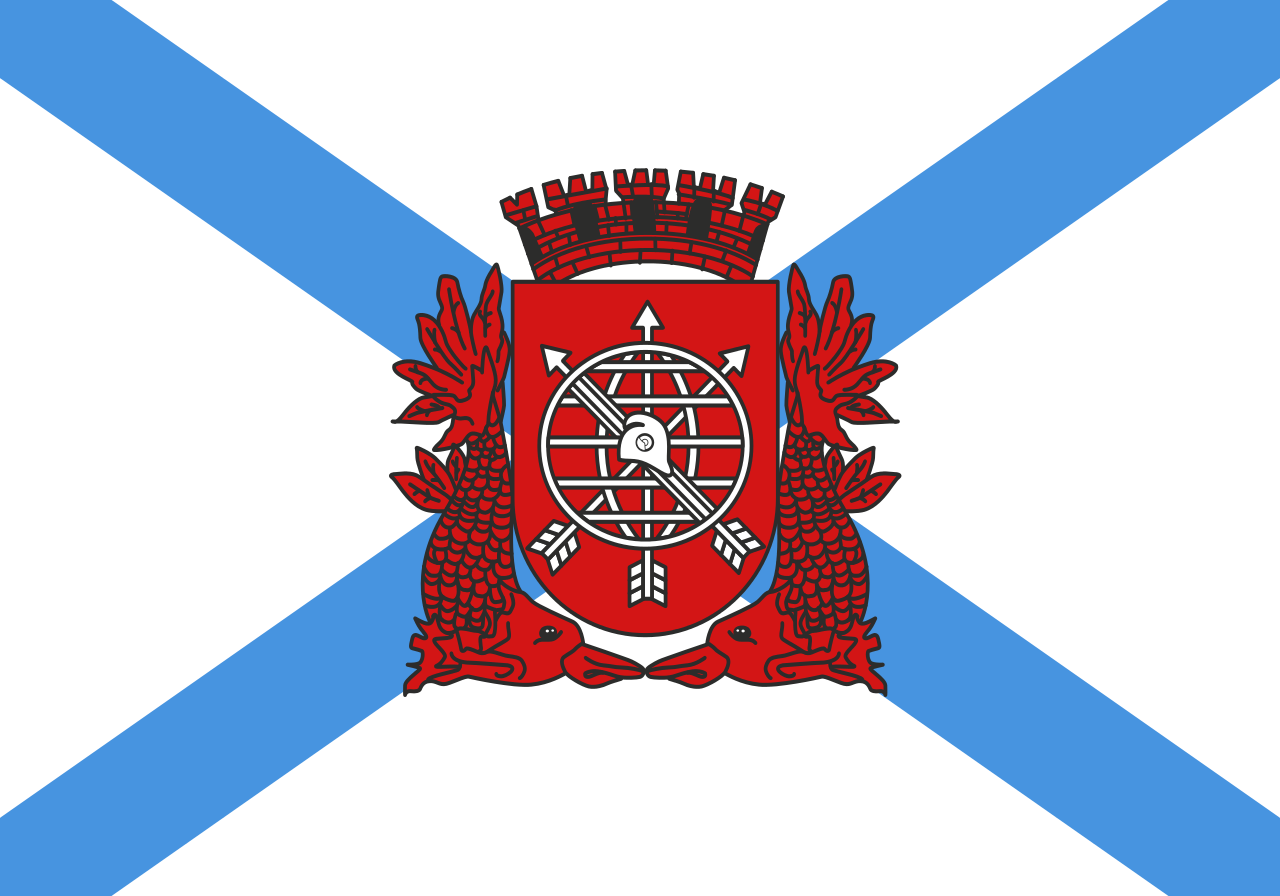



One thought on “The Founding of Rio & Its Subsequent History”